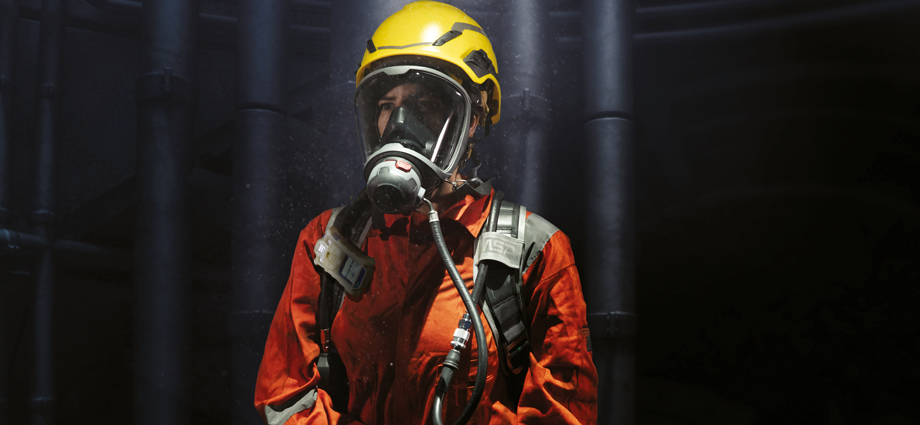
Chemical by-products, petroleum products and other substances can often be absorbed or retained in the materials of the storage container. When storage spaces are emptied for maintenance, cleaning or other purposes, these absorbed materials can leach out of walls of the container, changing the atmosphere in the confined space.
Spills or accidental leaks of such substances as ammonia, acetylene, acids or even plain water can create confined space hazards, as these substances can give off vapours or cause reactions that can create sudden, major changes in the confined space atmosphere. These hazards may also contribute to an increased likelihood of ‚slip, trip and fall‘ accidents.
Emissions from chemical reactions within confined spaces may be due to many factors:
Oxidation processes, such as rusting of metals, decomposition and fermentation of organic materials, can deplete oxygen levels in confined spaces. Special care should be taken in such atmospheres, because human respiration combined with oxidation can quickly reduce the oxygen level in a confined space to below permissable limits.
Techanical operations within confined spaces, such as welding, painting, cleaning, scraping or sandblasting, can generate hazards. Sudden changes in temperature combined with petrochemical fumes or methane gas release can create unstable atmospheres that may produce volatile reactions.
Using inert non-flammable products such as Carbon Dioxide (CO2), Helium (He) and Nitrogen (N2) may displace Oxygen within confined spaces. These products may also combine with other materials in the space to create hazardous situations.
In confined space areas with a constantly high potential for hazardous emissions, MSA recommends supplied airline respirators operated by an airline trolley system to provide proper safety at work. In combination with an airline system or simply as a self-rescue device, a short-duration breathing apparatus is also ideal for working in applications with short distances.
Confined space operations may also require longer time to fulfil the tasks and use of Self-Contained Breathing Apparatus during whole task. This is typical for advanced technical maintenance and rescue teams where independent air supply with unrestricted mobility is a must.
For further information please visit our website: Confined Space Entry: The MSA Difference